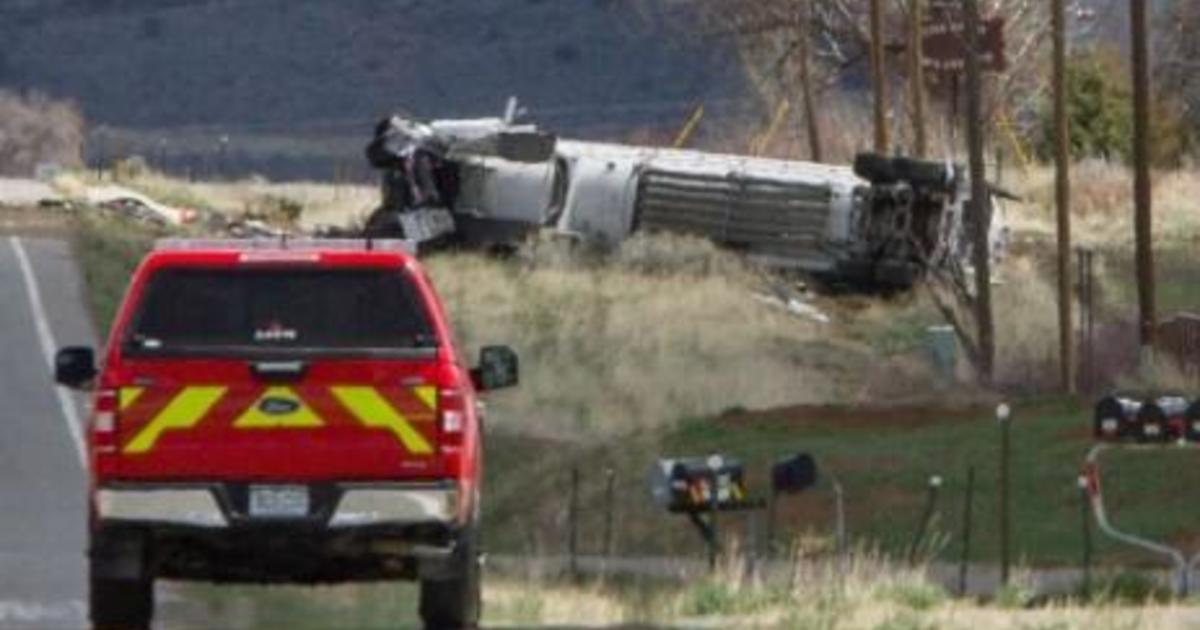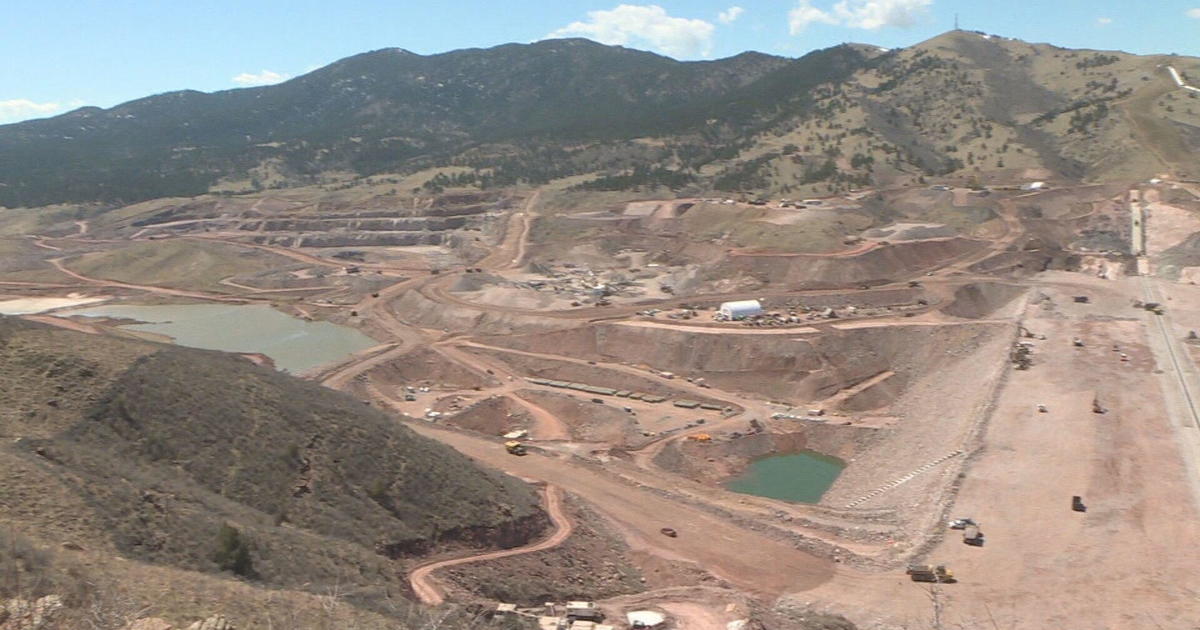Study: Methane In Colorado Water Isn't Always From Oil Wells
DENVER (AP) — The oil and gas industry may not be to blame if northeastern Colorado tap water is so full of methane it can be set on fire, researchers say.
Fewer than 5 percent of the region's water wells that were checked for methane pollution had been tainted by oil and gas leaks, according to a study released Monday in the Proceedings of the National Academy of Science.
About 18 percent had methane that came from coal seams that underlie the area, the researchers said.
The other wells either had methane that couldn't be definitively traced or had no detectable methane at all.
Dramatic videos of residents igniting water running from a faucet occasionally surface in communities near oil and gas wells, including in Colorado, and the images are sometimes cited as evidence of the danger posed by energy development, including fracking.
"I think it's important for people to realize that being able to light your tap water on fire in many cases is a natural occurrence," said Owen Sherwood, lead author of the study and a research associate at the University of Colorado.
"However, accidents do happen, leaks do happen," he said.
The study looked only at the Denver-Julesburg Basin, an energy-rich formation in northeastern Colorado. The findings don't necessarily apply to other formations because of differences in geology, drilling history and regulation, Sherwood said.
The $12 million study was funded by the National Science Foundation and got no money from the energy industry, Sherwood said.
Sherwood and five other researchers reviewed public records from the Colorado Oil and Gas Conservation Commission, the state's energy regulator, from 1988 to 2014.
The records showed that 924 individual water wells were tested for methane after residents complained about pollution. Of those wells, 593 had detectable levels of methane, including 169 with methane that could be traced to coal beds and 42 with methane that could be traced to oil and gas production.
Researchers can distinguish between the two because they have distinct chemical footprints, Sherwood said. Methane from oil and gas production is also mixed with ethane, propane and butane, he said.
If the study couldn't determine the source of the methane, it was usually because regulators hadn't finished their investigation at the time the researchers retrieved the data in 2014, or because the case was so old that the available technology couldn't identify the source.
Regardless of the source, the methane gets into water wells by first infiltrating an aquifer, a natural underground water reservoir, Sherwood said. It's then drawn up into the well.
Researchers were able to trace groundwater methane pollution to a leak in a specific oil or gas well in 11 instances. In each case, the culprit was the surface casing — the lining inside the upper part of the well bore — in an older petroleum well drilled under now-obsolete rules, Sherwood said.
In all 11 instances, the well casing was too shallow by current standards for new wells. Six of those wells also had leaks in the casings.
The current rules, adopted in the mid-1990s, require the surface casing to extend 50 feet below the deepest aquifer in some areas. In the Denver-Julesburg Basin, that can be as deep as 1,200 feet, Sherwood said.
In none of those 11 instances could the leak be attributed to hydraulic fracturing, Sherwood said. Hydraulic fracturing, or fracking, injects water, sand and chemicals into a well bore to break open underground formations and release oil and gas.
In 2010, drilling companies began high-volume fracking, injecting the fluids perhaps 20 times at different locations in the same well, compared with three or four times under previous practice, Sherwood said.
But the number of documented incidents of water wells polluted by methane from oil and gas production each year didn't change, he said.
"It's relatively rare, a rate of about two cases a year" since 2000, Sherwood said.
Rob Jackson, an earth sciences professor at Stanford University who wasn't involved in the research, said he thinks the study is sound, although he said a potential weakness is whether water sampling techniques were consistent over the years covered.
"I still like what they've done," he said. The study highlights the importance of oil and gas well casing, he said.
By Dan Elliott, AP Writer
(© Copyright 2016 The Associated Press. All Rights Reserved. This material may not be published, broadcast, rewritten or redistributed.)



